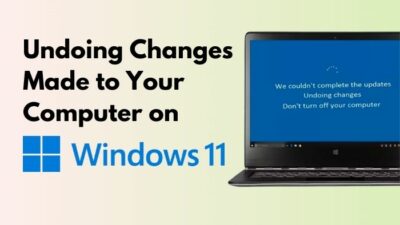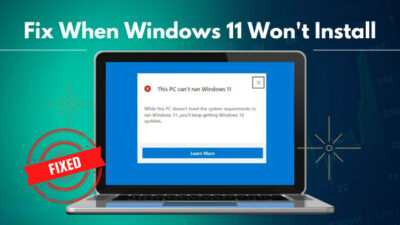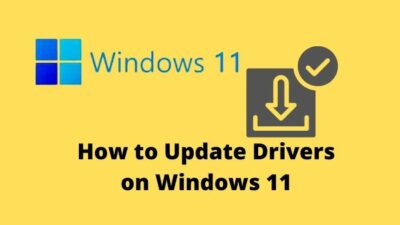Installing Windows 11 and using it for a couple of months can use up a lot of storage. Some people download a lot of games and 4k quality movies and this is a reason why a lot of storage can be used up.
You might want to free up some storage space on your HDD or SSD. Cleaning the appdata folder is one of the ways you can free up storage space.
Many of the users have a question about whether it is safe to delete the appdata folder.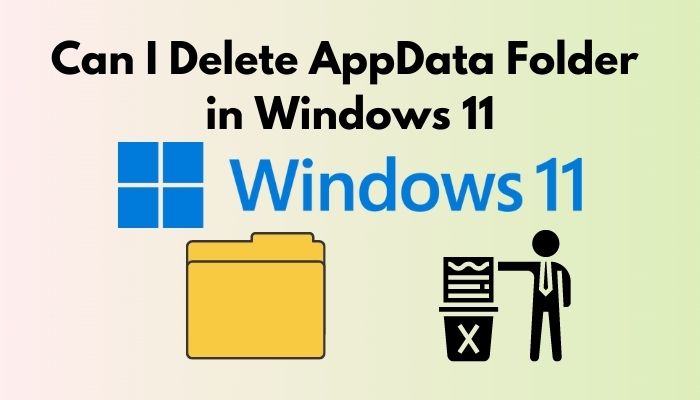
Can I delete AppData folder in Windows 11?
It might seem confusing at first about how you can clean the AppData folder. Do not worry as I have conducted thorough research and written the best methods you can follow in cleaning the AppData folder.
If you want to know more, read the full post.
Check out our separate post: Delete Temp Files on Windows 11
What is AppData folder?
In simplest terms, the AppData folder is a hidden folder that contains information about the installed apps on your device. Tampering with this folder without knowing anything can be very dangerous. You should only be in the AppData folder if you know what you are doing.
The AppData folder consists of three folders. The three folders are named Local, LocalLow and Roaming.
The Local folder saves the settings for your device and temporary files.
The LocalLow folder stores mainly buffer data from various apps that are installed on your device.
Lastly, the Roaming folder is used to transfer files to another computer.
If you want to know how you can clean the AppData folder safely to possibly clear some storage space, then keep reading the post.
Just a heads up, AppData includes the cache files, app settings, app configuration files and temporary files.
You may also like to read: Delete Windows 11 File Explorer Address Bar History
How to Open AppData Folder on Windows 11
It is normal not to know the location of the AppData folder on your Windows 11 device. You do not need to look any further as I have written the location below.
To open the AppData folder, you need to first go to the C drive or the drive where Windows 11 is installed. The rest is given in the simple steps written below.
Here are the steps to open the AppData folder on Windows 11:
- Open This PC.
- Click on View.
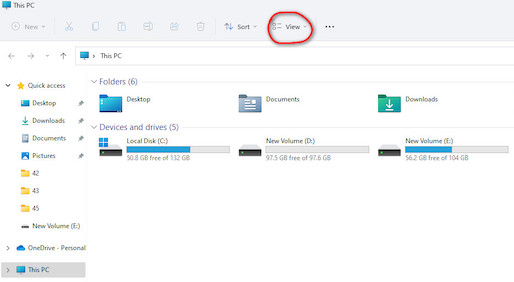
- Select Show.
- Click on Hidden Items. The Hidden folders and files will be visible to you now.
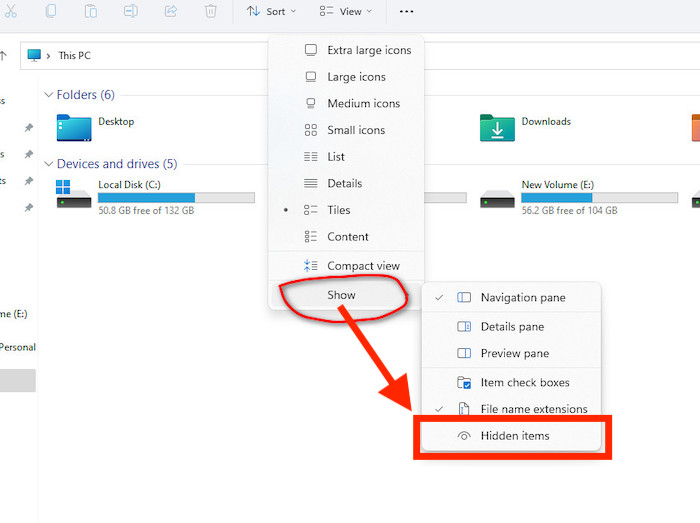
- Enter the C drive.
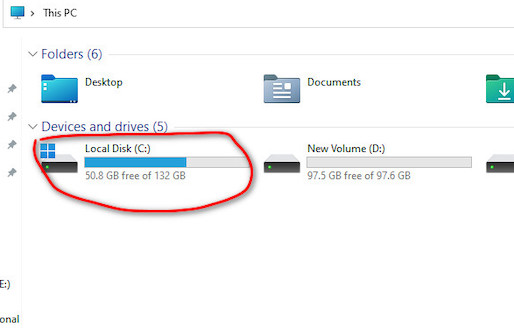
- Open the folder named Users.
- Open the folder named after your username.
- Enter the AppData folder.
There are even easier ways you can enter the AppData folder. Instead of going to the C drive, you can use the Run box to go there directly. Press the Windows and R buttons on your keyboard at the same time to open the Run box.
Check our latest post on how PC won’t go to sleep mode in Windows 11.
Type in a period or full stop in the Run box and press the Enter key on your keyboard. A file will open where you can find the AppData folder. Lastly, open the AppData folder.
You can also use File Explorer to open the AppData folder. All you have to do is open This PC and then type in %AppData% in the location bar and press the Enter key on your keyboard. Click on Appdata on the location bar. 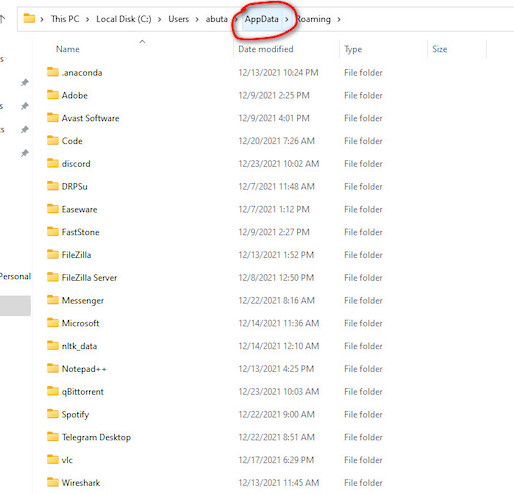
How to Clean AppData Folder in Windows 11 Easily
There are multiple ways you can clean the AppData folder on Windows 11. I have written the best two methods that will surely clear the AppData folder on your PC or Windows 11 device.
The first method is cleaning the AppData folder by using the File Explorer and the second method is cleaning the AppData folder from the Settings menu.
Both methods are simple so do not worry, keep calm and go through the given processes.
Here are the different ways you can clean the AppData folder in Windows 11:
1. Clean AppData Folder from File Explorer
To clean the AppData folder safely, you have to know how to open the AppData folder. The process is given just above this section of the post. Please go through that before you continue forward.
After entering the AppData folder, you have to follow some steps to clean the folder safely.
Do check our latest post on the Show Folder Size in Windows 11.
Here are the steps to clean the AppData folder in Windows 11 using File Explorer:
- Go to the AppData folder, which is located at C:\Users\<username>\AppData. Replace <username> with your username.
- Delete the AppData\Local\Temp directory, do not Shift+Delete this folder!
If this was too confusing for you, do not worry the following method is very easy to follow.
There is another method that you can use to clean the AppData folder safely. All you have to do is go to the Settings menu and change some simple Storage settings.
Here are the steps to clean the AppData folder in Windows 11 from the Settings menu:
- Press the Windows and I keys together to open the Settings
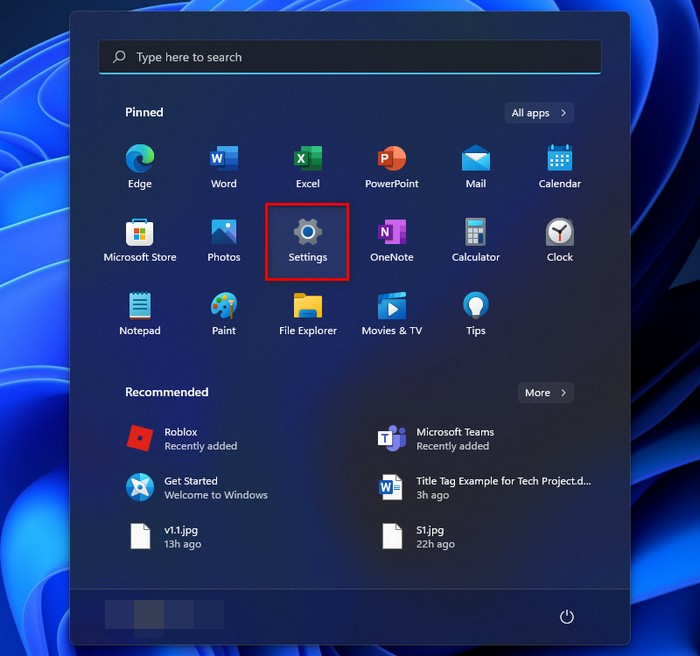
- Select System from the left pane.
- Click on Storage.
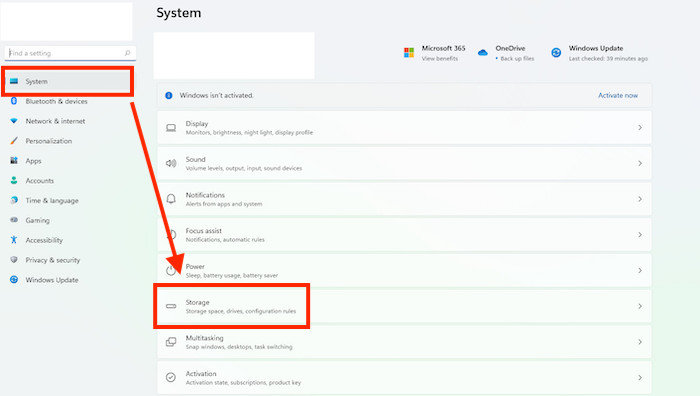
- Select Temporary You will be taken to another screen.
- Select Temporary Internet Files and Temporary Files.
- Click on the Remove files
If you have further queries regarding the AppData folder, please keep on reading the post.
How to Clear Cache in Windows 11 Easily
It is very elementary to clear the cache in Windows 11. The good thing is that all the method that I have provided is simple, so you will not have a hard time following the steps.
You can simply use the Disk Cleanup tool to clear the cache o your device.
Here are the steps to clear cache in Windows 11 using Disk Cleanup:
- Click on the Start button and search for Disk Cleanup.
- Select Disk Cleanup.
- Select the C drive in the small Disk Cleanup box.
- Click on OK. You will be asked to select the files to delete.
- Select all the files and click on OK.
- Click on Delete Files.
Hopefully you were able to follow the steps without any difficulties.
Quickly check out our latest fix for Bluetooth Toggle Missing On Windows 11.
Conclusion
It is entirely expected for you not to know the location and purpose of the AppData folder. Just like you, I did not know what the AppData folder did or where it was located.
All I knew was that there was a folder named AppData. I tried my best to give you the most legitimate ways to open and clean the AppData folder on Windows 11.
Take care and I wish you luck in whatever you do in the future!


